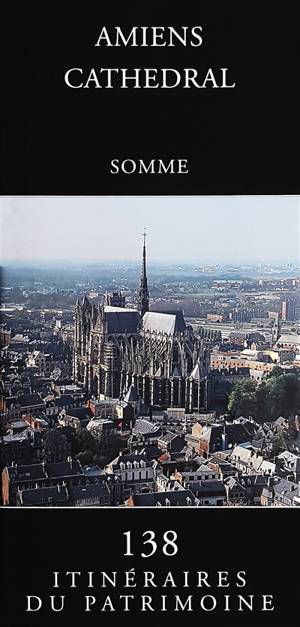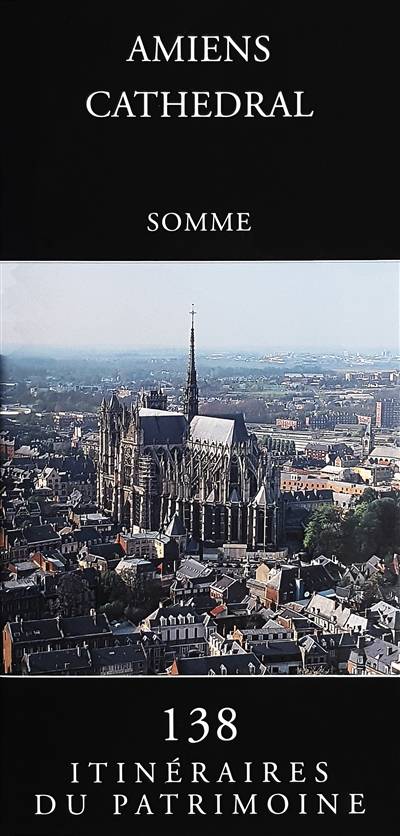
- Afhalen na 1 uur in een winkel met voorraad
- Gratis thuislevering in België vanaf € 30
- Ruim aanbod met 7 miljoen producten
- Afhalen na 1 uur in een winkel met voorraad
- Gratis thuislevering in België vanaf € 30
- Ruim aanbod met 7 miljoen producten
Zoeken
Omschrijving
Amiens Cathedral is the largest cathedral in France and, with the exception of Beauvais, the highest. It was built exceptionally quickly; the fabric was completed in a mere 70 years, from 1220 to 1290. This masterpiece of Gothic art, skilfully mastered architectonic techniques - the systematic use of flying buttresses and tripartite elevation - culminates in the achievement of an accomplished style, particularly in its portal statuary. Situated in the heart of a city which was plagued by bombardments in 1940, the cathedral, nevertheless, managed to maintain a great deal of its ancient environment: to the north, the episcopal palace, and the 18th-century canonical area to the south. Not only has the cathedral preserved some of the major pieces of 13th and 14th-century stained-glass, but it managed to majestically combine its decor with its furnishings. These date from the 16th-century (choir screen) to the 19th-century (decoration of the apse chapels by Viollet-le-Duc). Thus, while touring the cathedral, the visitor encounters a veritable decorative anthology.
Specificaties
Betrokkenen
- Auteur(s):
- Illustrator(s):
- Uitgeverij:
Inhoud
- Aantal bladzijden:
- 32
- Taal:
- Engels
Eigenschappen
- Productcode (EAN):
- 9782906340558
- Verschijningsdatum:
- 1/01/2005
- Uitvoering:
- Paperback
- Formaat:
- Trade paperback (VS)
- Afmetingen:
- 110 mm x 230 mm
- Gewicht:
- 566 g

Alleen bij Standaard Boekhandel
+ 10 punten op je klantenkaart van Standaard Boekhandel
Beoordelingen
We publiceren alleen reviews die voldoen aan de voorwaarden voor reviews. Bekijk onze voorwaarden voor reviews.











